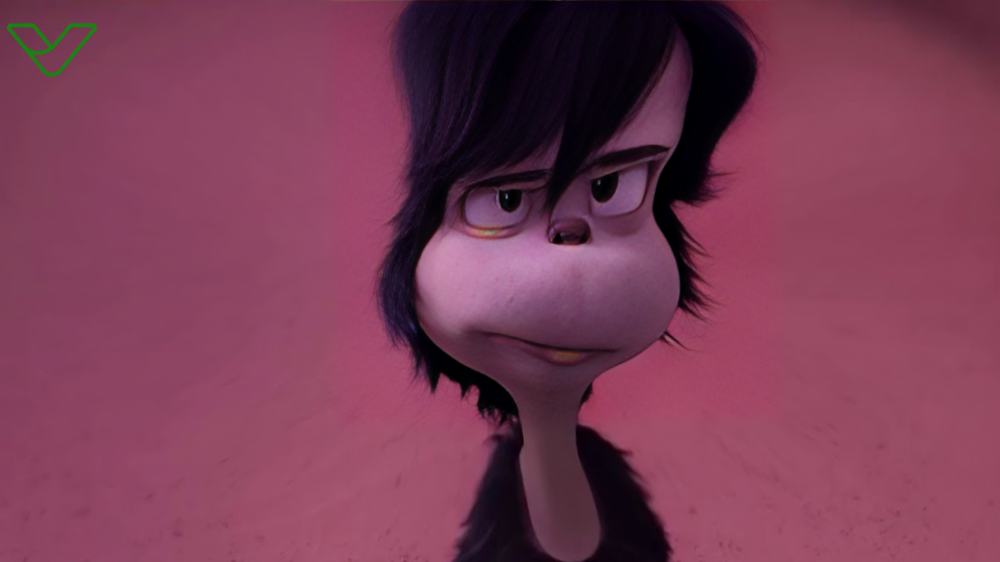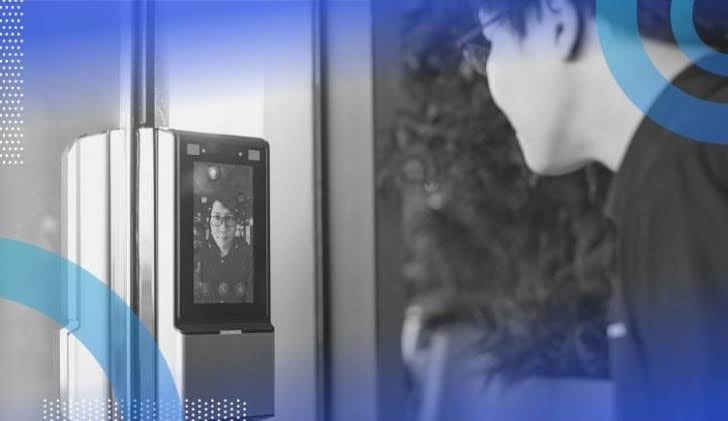Dr. Seuss is a name that has been synonymous with childhood, imagination, and whimsical rhymes for generations. With characters like the Grinch, the Cat in the Hat, and Horton the Elephant, Seuss’s creations have carved a permanent niche in our cultural memory. However, one character that has started to gain attention recently, especially in fan reinterpretations, is the “Emo Who from Whoville.” This imaginative spin gives a fresh, darker twist to the colorful, joyful world of Whoville, portraying a character that resonates with modern audiences—particularly those familiar with the emotional rollercoaster of teenage angst, alternative fashion, and introspective moods.
In this article, we’ll explore how the Emo Who from Whoville stands as a unique reinterpretation of the classic Dr. Seuss universe. We’ll dive into its origin, how it connects with contemporary culture, and why this melancholic Who is gaining popularity. Join us on this whimsical, yet somber journey as we uncover the layers behind this character.
The Origins of the Emo Who from Whoville
The traditional Who’s from Dr. Seuss’s “How the Grinch Stole Christmas” is known for its joy, kindness, and communal spirit. These tiny, jolly inhabitants of Whoville exude cheerfulness, even when their beloved Christmas is stolen by the Grinch. However, fan culture on platforms like DeviantArt, Tumblr, and Reddit have reimagined the Who’s in a variety of ways. Enter the Emo Who from Whoville, a character created by fans seeking to give depth and complexity to the traditionally happy-go-lucky Who’s.
The Emo Who from Whoville is often depicted with dark clothing, black eyeliner, and a brooding expression—a stark contrast to the brightly colored, smiling Who’s of Seuss’s original work. This character embraces a moodier, introspective demeanor, fitting into the “emo” subculture that was popularized in the early 2000s. Fans of the emo subculture, which emphasizes emotional expression, often find solace in this new, brooding take on a classic Seuss character.
The popularity of the Emo Who from Whoville stems from the desire to explore deeper emotions within the whimsical world of Whoville. The reimagined character acts as a mirror for fans who felt disconnected from the sugary-sweet, endlessly positive original Who’s. Instead of exuding happiness at all times, the Emo Who from Whoville represents the complexities of modern emotional life—anxiety, sadness, and self-reflection—all while maintaining that unique Seussian flair.
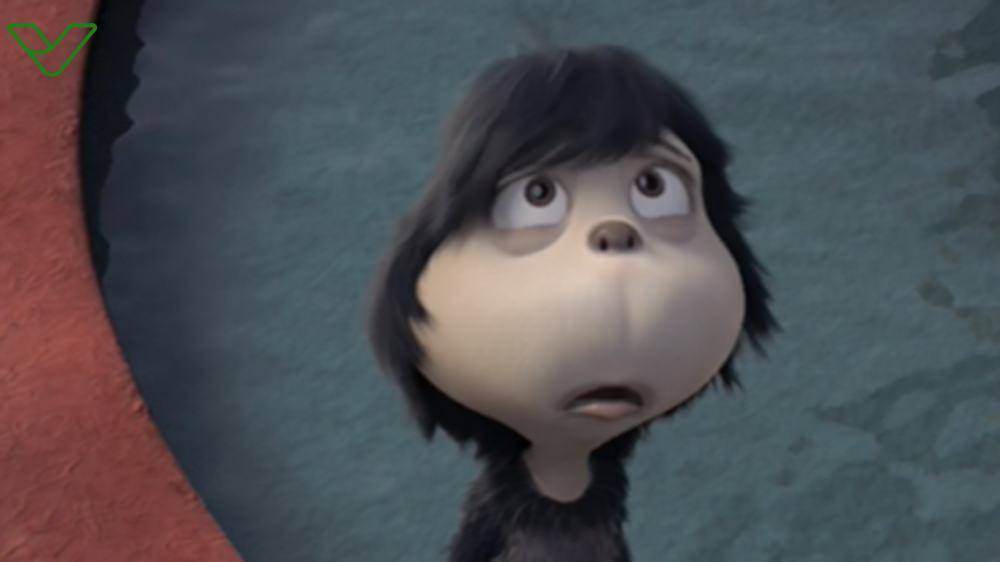
What Makes the Emo Who from Whoville Stand Out?
At first glance, the concept of an Emo Who from Whoville may seem like a playful exaggeration of the emo stereotype. However, the character represents more than just an aesthetic. Emo culture has always been about more than dark clothes and moody music. It’s a space where people—often teens and young adults—can feel free to express their vulnerability, question their place in the world, and cope with the highs and lows of life. The Emo Who from Whoville embodies that very same ethos.
Unlike the typical Who, who sings joyfully even when their Christmas gifts are taken away, the Emo Who from Whoville might respond to that situation by retreating into their room, putting on some My Chemical Romance, and journaling about the unfairness of it all. This character taps into feelings that the original Who’s never explored: isolation, confusion, and the desire to be understood.
Moreover, the Emo Who from Whoville provides a more relatable figure for those who may not have felt connected to the always-happy Who’s. Fans find themselves identifying with this new character because it reflects their inner turmoil, making it a more nuanced addition to the Whoville universe.
The Aesthetic and Style of the Emo Who from Whoville
Visually, the Emo Who from Whoville stands out from the crowd of jubilant Who’s. Traditionally, the Who’s were dressed in bright, cheery colors, with fluffy hairdos and wide, excited eyes. The Emo Who from Whoville, on the other hand, adopts a much darker aesthetic. Black clothing, perhaps adorned with band logos or chains, black eyeliner (often smeared for that perfectly imperfect look), and a hairstyle that covers half the face, all combine to complete the emo look.
The emo aesthetic isn’t just about looking moody—it’s an expression of deep emotionality and personal style. For many, dressing in the emo style is a way of saying, “I’m not okay, and that’s okay.” The Emo Who from Whoville embraces this fully, showcasing that even a place as gleeful as Whoville can house someone who feels out of place, disconnected, or different.
This character’s physical appearance is as important as the emotions they represent. In contrast to the festive, carefree vibe of Whoville, the Emo Who from Whoville might be seen sitting under a tree, staring into the distance, or writing poetry in a notebook. The contrast between the bright, colorful surroundings of Whoville and the Emo Who from Whoville’s dark attire and introspective pose is a poignant image of how some people can feel isolated even in the most joyful environments.
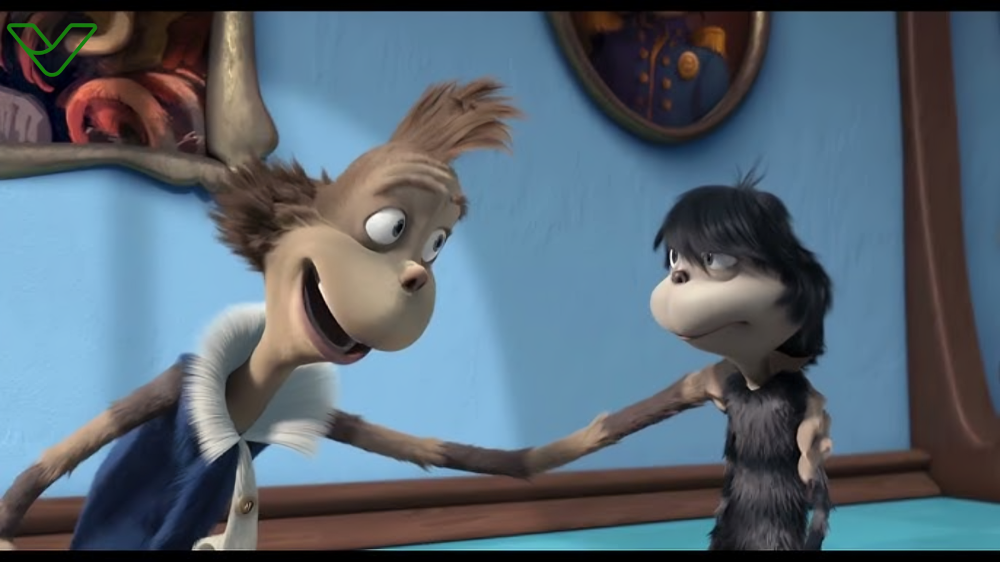
Emo Who from Whoville and the Grinch: Are They Kindred Spirits?
One question fans frequently ask is whether the Emo Who from Whoville is connected to the Grinch. After all, both characters seem at odds with the rest of Whoville’s incessant cheerfulness. While the Grinch resents Christmas and tries to steal it away, the Emo Who from Whoville doesn’t share that malicious intent. Instead, they represent a quieter rebellion, not against Christmas, but against the constant pressure to be happy.
The Grinch eventually finds joy in Christmas and the company of the Who’s, but what about the Emo Who from Whoville? Fans speculate that this character might still feel like an outsider even after the holiday is saved. Rather than celebrating with the rest, the Emo Who from Whoville might feel overwhelmed by the festivities and retreat to a quiet spot to reflect. It’s a reminder that even in a crowd, some individuals might feel alone or misunderstood.
In this sense, the Emo Who from Whoville and the Grinch are kindred spirits. Both stand apart from the rest of Whoville, though their reasons are different. Where the Grinch acts out of bitterness, the Emo Who from Whoville simply doesn’t fit into the relentless happiness that defines the rest of the town.
Why Fans Love the Emo Who from Whoville
The growing popularity of the Emo Who from Whoville can be attributed to the character’s relatability. In today’s world, where social pressures, mental health struggles, and the search for self-identity are common themes, the Emo Who from Whoville provides a character that many can connect with. They represent the outsider, the misunderstood, and the deeply emotional.
In fan art, stories, and memes, the Emo Who from Whoville is often depicted as a soft-spoken, introspective character who prefers to observe rather than participate in Whoville’s grand celebrations. This has resonated with a generation of fans who have experienced feelings of loneliness or being out of place, even in happy settings.
More: Reddit
The Cultural Impact of the Emo Who from Whoville
The Emo Who from Whoville isn’t just a quirky character; they represent a larger cultural phenomenon of reinterpreting classic works to fit modern sensibilities. In the age of social media, fandoms have the power to reshape and expand on the worlds that creators like Dr. Seuss first imagined. The Emo from Whoville is a product of this participatory culture—an example of how fans can take a beloved world like Whoville and infuse it with new, often darker, meanings.
In a sense, the Emo from Whoville is a reflection of our times. Today’s culture is much more open to discussing mental health, emotional complexity, and the idea that happiness isn’t always attainable—or necessary. The character is a reminder that it’s okay to feel sad or out of place sometimes, even in a world as idyllic as Whoville.
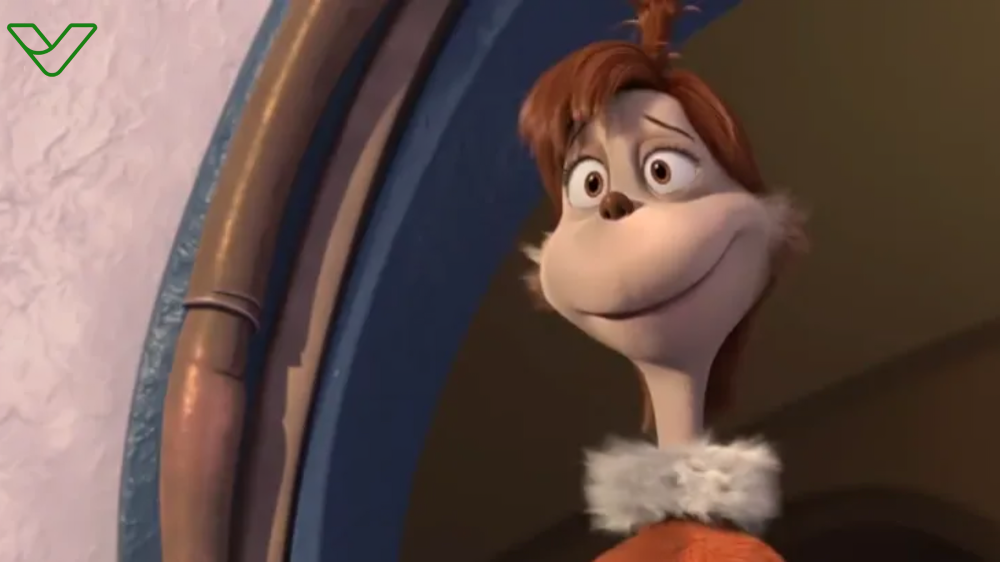
Conclusion: Embracing the Emo Who from Whoville
The Emo Who from Whoville is more than just a fan creation—it’s a reinterpretation that adds depth and emotional complexity to the world of Whoville. By giving voice to feelings of sadness, isolation, and introspection, the character resonates with modern audiences who appreciate the balance between light and dark, joy and sorrow. As a symbol of emotional authenticity, the Emo from Whoville reminds us that it’s okay to feel different in a world that often expects us to be perpetually cheerful.






